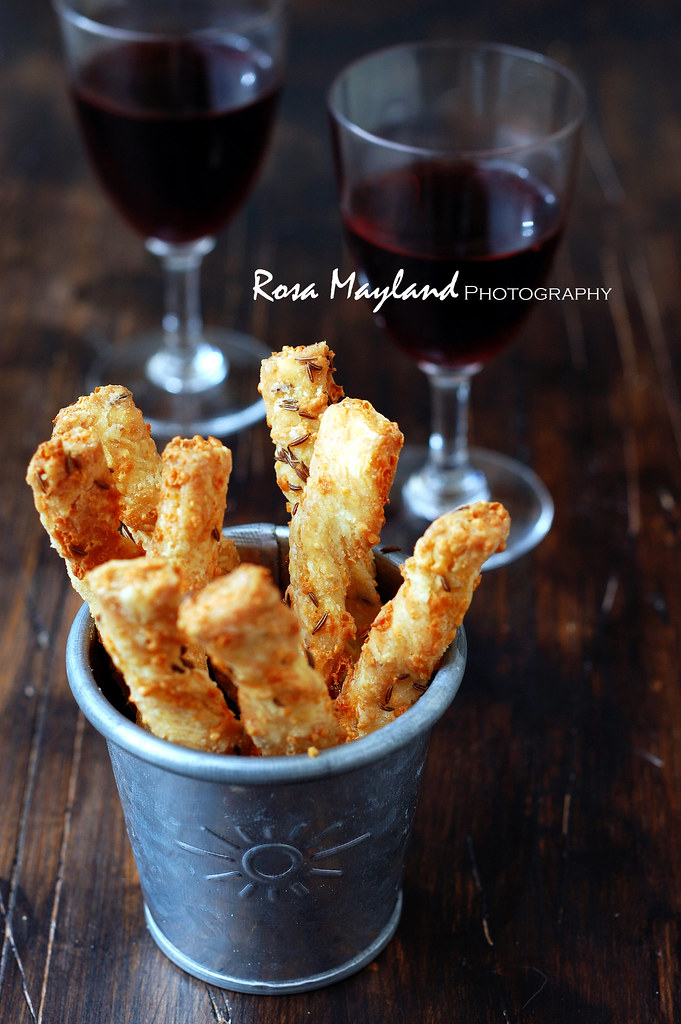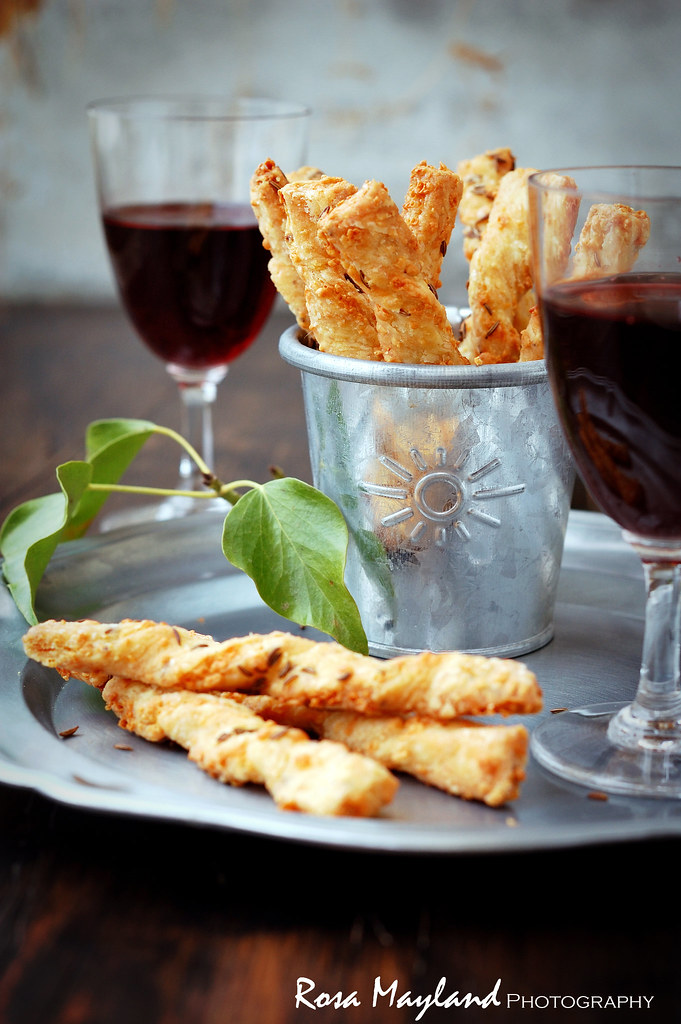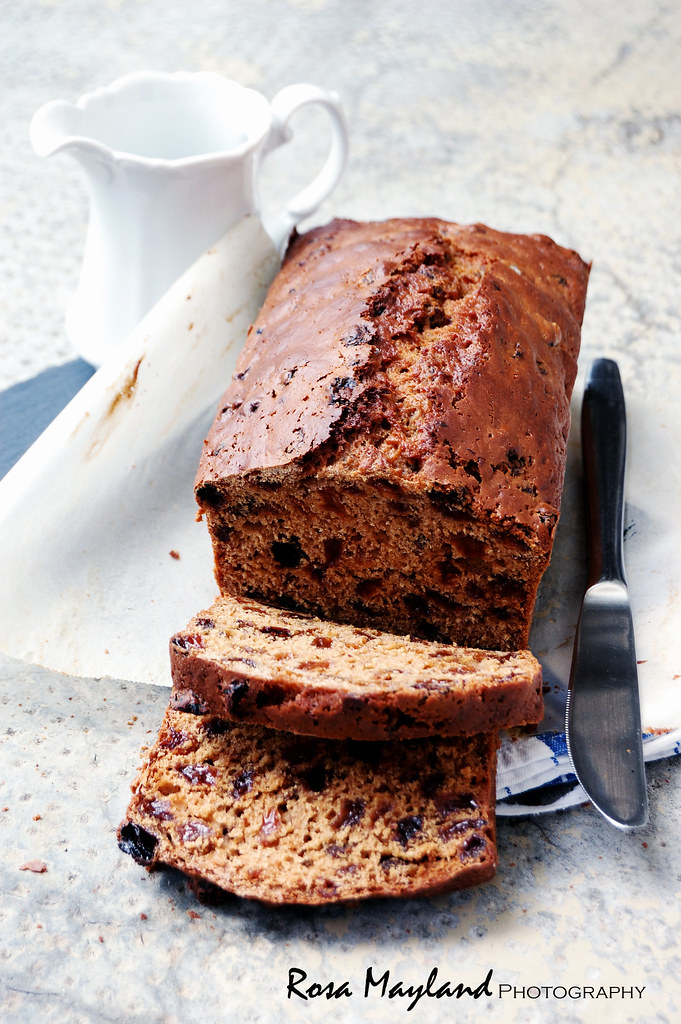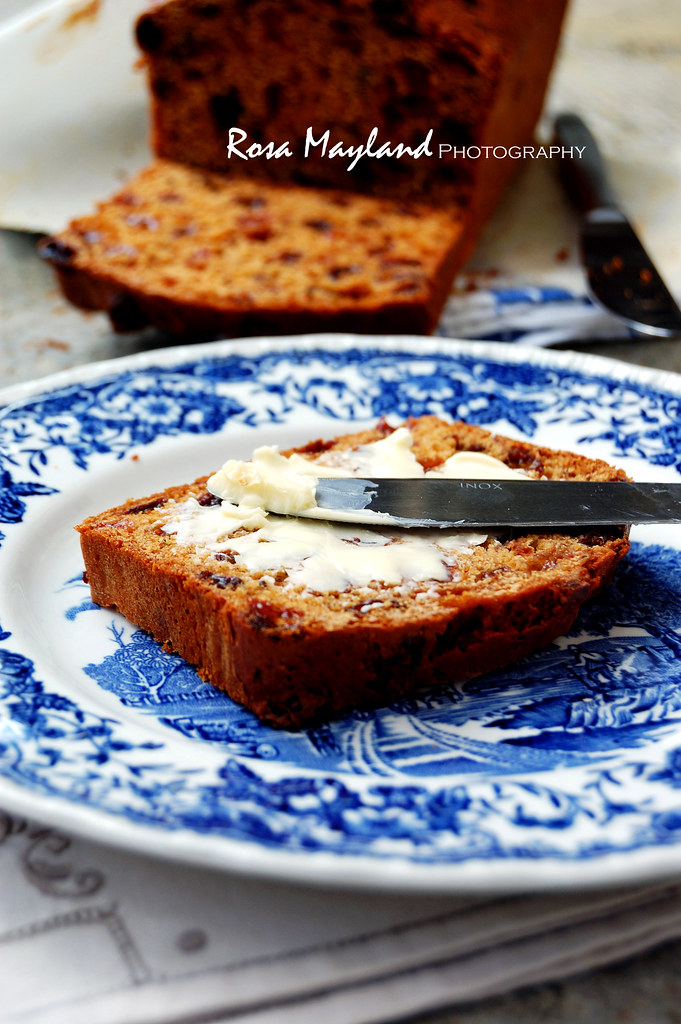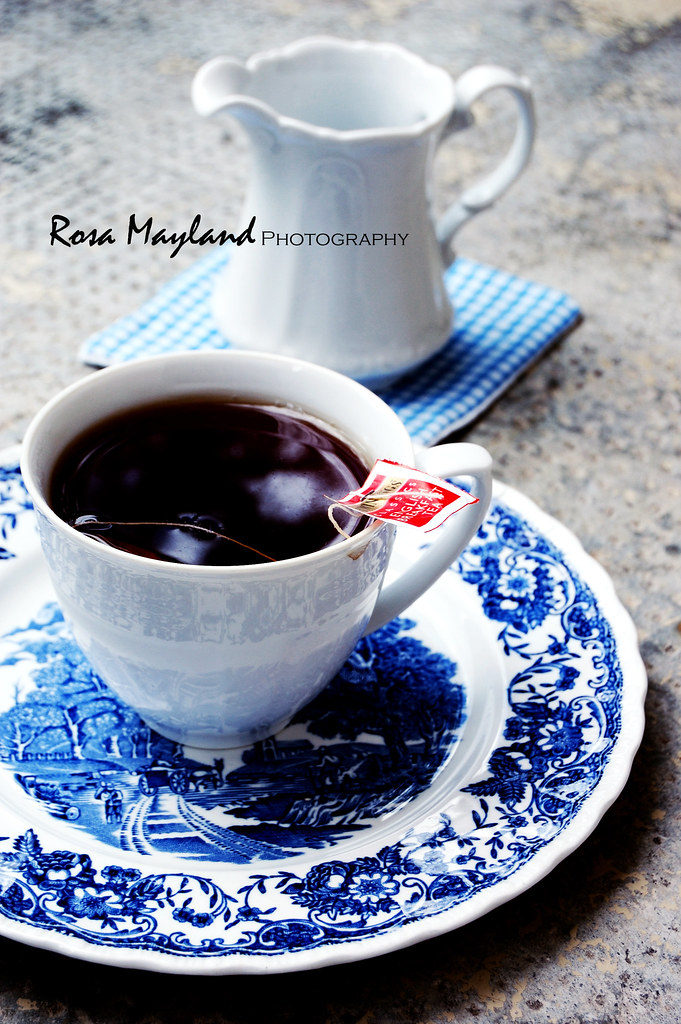Ah, what a relief it is to be able to hear the birds singing at the top of their voices, see nature getting green and colorful, smell the embalmingly sweet aroma of grass and flowers, admire the generously bulbous shape of cumulus clouds, forage wild garlic, wear light clothes and luxuriate in the sunshine again!
Unfortunetely, this period of truce didn't last long. A week later, the depressingly dark, rain-laden and sterile skies as well as the frisky (lately, the thermometer rarely reaches 15° C/59° F) and harrassingly tempestuous winds reinstalled themselves and have stayed ever since. Consequently, everybody's good spirit and motivation have vanished, thus turning us into yammering zombies and moody divas.
Anyway, all we can do at the moment is dream and pray for a prompt change in the forecast, because if our beloved fiery planet doesn't make a comeback before the end of the month, we are seriously going to go haywire. Meanwhile let's pretend May is cheerful, bright and balmy...
With the better days hopefully soon settling in and June approaching, the excitement is palpable and we are all eagerly looking forward to celebrating the comeback of warmer temperatures by eating outdoors and savoring the lazy and interminable evenings on our quaint decks, cozy porches, spatious terraces or lush gardens. That is one of the great joys of spring and summer.Seating themselves on the greensward, they eat while the corks fly and there is talk, laughter and merriment, and perfect freedom, for the universe is their drawing room and the sun their lamp. Besides, they have appetite, Nature's special gift, which lends to such a meal a vivacity unknown indoors, however beautiful the surroundings.- Jean-Anthelme Brillat-Savarin
Thankfully, even if P. and I live in a humble village apartment, we are lucky enough to have a fairly comfortable balcony with a splendid view - a non-negligible detail when looking for a condo. In addition to being reasonably sized, it also faces south, offers enough privacy (no real vis-à-vis) and overlooks the gorgeous Salève mountain which stands at close distance from our building block (less than a kilometer away from the telepheric station).
There, sheltered from the harmful rays of our fiery globe or illuminated by candlelight, we spend many hours munching on some delicious seasonal fares, sipping on our drinks (tea, coffee, wine or beer), philosophizing, musing on the world, gazing at the stars, reading and relaxing. This is our little piece of epicurean heaven, a holiday-like place where time stops and memories are made.
It is a unique and pleasant experience to have the opportunity of enjoying a scrumptious meal while breathing the clean air of the countryside, listening to the quirky chatter of feathered creatures and delighting in the beauty of nature. I must say that a luxury of this kind can be quite addictive!
Dining somewhere else than in a closed room or in our winter quarters is fun and highly satisfactory. Naturally, this stress-free activity implies that the food presented at our table must be easily prepared, uncomplicated and casual. As much as I love cooking sophisticated eats, I really don't want to sweat for hours at the stove when I could be chilling out on my comfortable plastic chair and having a passionating conversation with my boyfriend.
During the week, I'll cook light vegetarian suppers and excesses will be banned from our diet. Nonetheless, on weekends we'll take pleasure in letting ourselves go a teeny weenie bit. It is our habit to kick off the "festivities" at dusk with a simple "apéro" consisting of a few boozy coolers (Porto on the rocks and fruity cocktails - Malibu and orange juice - and later on some red wine for P. and a Belgian beer for me) and nibbles (Tyrells/Burts chips, French or Swiss salami, thin slices of roast beef and chickpeas - warm and au naturel or spicy and roasted). Then, once our appetite has been stimulated and hunger is well established, we'll close the evening by feasting on dishes* such as pilafs, stir-fries, curries, pan-fried fish or meat with roasted vegetables, salads, pasta, etc...
As you can see, happy hours are as important to us as dinners and we would hate to bypass that wonderful European ritual. This prelude to a supper (although it can sometimes replace it) is a serious social event that helps us slow down at the end of a hard day's work and build strong ties with others. Therefore, we generally prefer when our spontaneous or planned get-together are festive and not rushed as there's no hurry anymore and everybody wants to have fun. Simply put, "l'apéritif" is a way of life and we follow this tradition proudly.
Of course, it would be a crime to serve alcoholic beverages without providing hors d'oeuvres, hence a successful cocktail party cannot take place if appetizers are nowhere in sight. Those tiny bites don't need to be extravagant and costly, yet they imperatively have to be palatable and pair perfectly well with the refreshments people are consuming. For example, canapés, nuts, olives, slices of dried meat, cheeses, savory pastries and vegetable sticks with various dips are always a welcome addition to any late-afternoon gathering.
Life is great. Cheese makes it better.One of my favorite tidbits are "English Cheese Straws". I find them ever so moreish and irresistibly rich. Besides, they hold a sentimental value for me since they are closely linked to England and the memorable times spent there with my grandparents - I remember baking them a lot together with either my Nan or mother during my early years. Nowaydays, I still make this retro British classic, however the recipe I have created is slightly more modern and elaborate than the one of my childhood (found in Be-Ro's bestselling book).
- Avery Aames, The Long Quiche Goodbye
Wine and cheese are ageless companions, like aspirin and aches, or June and moon, or good people and noble ventures...
- M.F.K. Fisher
It is to be said that my intensely crunchy, savoury, flaky, cheddary, buttery and fragrant "Cheddar And Caraway Seed Cheese Straws" are addictively ambrosial and are without a doubt a great addition to any midsummer banquet. Try them yourself and see. I promise that you won't be deceived.
* Follow me on Facebook or Twitter if you want to learn more about our suppers.
Cheddar And Caraway Seed Cheese Straws
Recipe by Rosa Mayland, May 2013.
Makes about 60-70 straws.
Ingredients:
160g Plain white flour
40g Whole wheat flour
2 Tsp Caraway seeds
1/2 Tsp Fine sea salt
1/3 Tsp Mustard powder
1/3 Tsp Onion powder
80g Unsalted butter
20g Lard
150g Mature cheddar cheese, grated
2 Eggs (63g), beaten
Extra caraway seeds for decorating
Method:
1. Preheat the oven to 200° C (400° F).
2. Put the flours, caraway seeds, salt, mustard and onion powder in a medium bowl. Add the butter and lard, and rub the fats and flours between the fingers until the mixture is flaky.
3. Mix in the grated cheese.
4. Pour in the beaten egg, gradually, while continuously cutting and stirring with a knife until you obtain a stiff dough.
5. Roll out on a floured surface and cut into 12 x 1.5 cm (5 x 0.6 inch) strips.
6. Pour some caraway seeds in a shallow plate and dip one side of each strip in the seeds.
7. Twist the straws so that the seeded side goes around the strip in a spiral pattern and place them on a baking sheet lined with parchment paper.
8. Bake for 12-14 minutes, until golden brown.
8. Let cool on a rack.
Remarks:
If you wish, the caraway seeds can be replaced with poppy seeds, nigella seeds or cumin seeds, the lard with butter and the cheddar cheese with cantal cheese, salers cheese, gruyère cheese or any semi-hard cheese of your choice.
Serving suggestions:
Serve as appetizer with a glass of white or red wine - fortified wine also is a perfect accompaniment to the cheese straws.
Flûtes Au Cheddar Et Aux Graines De Carvi
Recette par Rosa Mayland, Mai 2013.
Pour environ 60-70 flûtes.
Ingrédients:
160g de Farine blanche
40g Farine complète
2 CC de Graines de carvi
1/2 CC de Sel de mer fin
1/3 CC de Moutarde en poudre
1/3 de Poudre d'onion
80g de Beurre non-salé
20g de Saindoux
150g de Cheddar, râpé
2 Oeufs (63g), battus
Graines de carvi supplémentaires pour décorer
Méthode:
1. Préchauffer le four à 200° C.
2. Dans un bol moyen, mélanger ensemble les farines, les graines de carvi, le sel, la moutarde et l'oignon en poudre. Ajouter le beurre et le saindoux, puis frotter la farine et le beurre/saindoux entre les doigts afin d'obtenir un mélange qui ait la texture sabloneuse.
3. Ajouter le fromage râpé et mélanger.
4. Verser l'œuf battu, graduellement, tout en mélangeant bien, jusqu'à cobtention d'une pâte ferme.
5. Etaler la pâte sur une surface farinée et la découper en lanières de 12 x 1.5 cm.
6. Dans une assiette creuse, verser les graines de carvi et enrober chaque lanière avec.
7. Prendre une lanière et la tenir par chaque extrémité, puis tourner dans un sens d'un côté et de l'autre à l'opposé pour former une torsade.
8. Placer les torsades sur une plaque à pâtisserie recouverte de papier sulfurisé.
8. Les cuire pendant 12-14 minutes, jusqu'à ce qu'elles soient dorées.
9. Laisser refroidir sur une grille.
Remarques:
Si vous le souhaitez, les graines de carvi peuvent être remplacées par des graines de pavots, de nigelle ou de cumin, le lard par du beurre et le cheddar par du cantal, du salers, du gruyère ou tout autre fromage à pâte mi-dure de votre choix.
Suggestions d'accompagnement:
Servir comme apéritif avec un verre de vin blanc ou rouge - ces flûtes peuvent aussi être accompagnées d'un vin fortifié.

